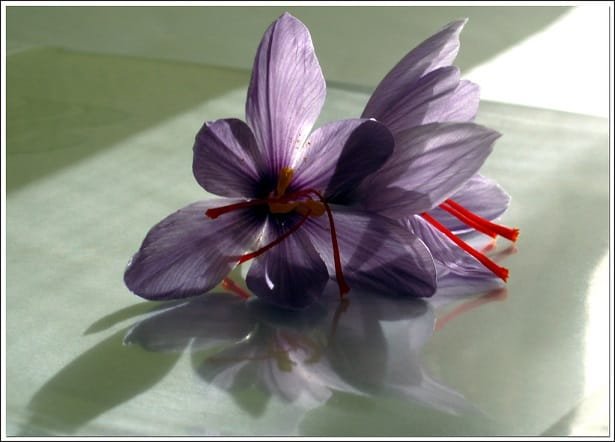Cultivation of saffron in Kermanshah since the Achaemenid period
An agricultural expert said: Saffron is a plant that has been cultivated in Kermanshah since the Achaemenid period.
Farshad Hamzaei stated: Saffron is a stable plant and belongs to the genus of lilies, the onion of which is tuberous and thick, and the young onions are seen in the color of brown shells.
He stated: Mother onions have several skins and the top shell is fluffy and the onion core is white and sweet and the diameter of the onions is three to five centimeters.
Hamzaei added: This plant is considered native to India, which has been taken from India to Iran and from here to other countries. However, in some cases, saffron is considered a native plant of Iran.
He said: Saffron plant can take root in all agricultural fields and its onion is dormant in the hot season, at which time moisture should be prevented from reaching it, because reaching it causes moisture to wake up and start its activity and growth And this action leads to its corruption and destruction in the heat.
Hamzaei stated: The activity period of onions is from mid-autumn to mid-spring, and with the increase of temperature and the beginning of summer, the leaves of the plant turn yellow and the onion goes to sleep.
He said about the place of planting this plant: in the current conditions in most cities or Khorasan in some areas in Fars province as well as in Kermanshah and Hamedan, this plant is being planted. The agricultural expert added: The soil suitable for growing saffron is sandy clay.
Hamzaei continued: Saffron flowers should be opened in the morning, and usually before sunrise; In areas with low rainfall, the saffron field should be irrigated every 15 days so that it can have a more favorable activity in the cold season, ie the period of plant awakening, to produce more onions.
He pointed out: saffron flowers are purple and its wild species are red and orange.
Regarding the history of saffron cultivation in Kermanshah province, this agricultural expert said: This plant has been cultivated in Kermanshah province and areas such as Sarpol-e Zahab since the Achaemenid period.







Get Social